Pollinators in the Garden
arbordave (SE MI)
last year
Featured Answer
Sort by:Oldest
Comments (691)
Related Discussions
HAVE: Paying it Forward--Pick Ten
Comments (21)Posted by seedmoney 8A (seedmoney@embarqmail.com) on Mon, Feb 18, 13 at 15:45 This offer is now closed. Tip...when responding to any seed trade or 'offer' it is a good idea to scan through the posts in the thread to see if the OP (Original Poster) has updated, changed, or closed the offer...as in this case....See MoreNeeded bees to pollinate my garden...what do you charge?
Comments (9)Sue, I read your page and it sounds like were doing the same thing, although you are on a much bigger scale. Are house is an old mill house that runs along the river across from an old mill on a dead end street, so we have houses on both sides, but the woods kind of flow into the back yard. Most of the level part of our yard as well as some of the sloping part has been turn into garden space for vegetables and flowers.Our front yards are entirely flowers. My wife did a splendid job, planting poppie,wild geraniums,coreopsis,sunflowers,evening primrose,lavender, and much more. In the back we have our beehives at the top of the hill. We are constantly working to improve the soil and will definitely leave this little patch of earth better off than we found it. As far as your bee questions, some beekeepers will charge you for pollination. In these cases, it's a way of earning part of their income. When that's the case, the beekeeper will promise you a strong hive, bring it before the crop blossoms, and pick the bees back up after the bloom, then find another crop to pollinate. $75 to $100 per hive is not unusually high for that service. On the other hand, as you have done, you can often find an agreement that is mutually beneficial to both of you. A beekeeper is looking for a place to put a hive or two and your looking for some bees. This situation works when there is enough forage for the bees, besides the pumpkins you have, and they can get a good balance and variety of pollen and nectar sources. In that case, the hives can be left there year round and it's a win-win situation. I have a question for you which I've posted on the pset forum and haven't gotten a good reply to. Do you know of anything that prevents vine borers other than chemical sprays? And also,one of my hives is near a field where pumpkins are grown. Are any sprays typically used during the bloom when my bees would be working the flowers? Tony...See MoreInvite Pollinators to Your Garden
Comments (3)From the name of this article, I thought it was another calling from Mrs. Taryn Evans, who has been a 'local' crusader for native pollinators. But while this article talked about providing pollen sources and not disturbing homes, it fell short of mentioning providing homes for the natives, aka Bee Houses. I first heard... er... read about Bee Houses while flipping through a publication from the Wildlife Habitat Council/Audubon Society and then shortly after heard about Mrs. Evans giving a 'class' on these Bee Houses, which she builds and sells, at a local FNPS chapter meeting... which I missed. There are a few websites with general guidelines on building Bee Houses to not only 'invite' the native pollinators, but encourage them to stick around. Here is a link that might be useful: Building Your Own Bee House...See MorePollinators in the garden!
Comments (13)While there are a number of species of black swallowtails, a closer examination of the black butterflies in our area reveals that most of them are not from any of those black species, in particular Papilio polyxenes, Eastern Black Swallowtail, but are indeed a black female form (morph) of the popular Papilio glaucus, Eastern Tiger Swallowtail (seen above in our post from Sep 6, 2015). However, the former must definitely be present here as we just discovered a whole colony of their caterpillars devouring our small shrub of Ruta graveolens: Unlike the P. glaucus caterpillars, which feed on tree leaves and are well camouflaged, the P. polyxenes caterpillars feed on various aromatic herbs that taste bad to birds and announce this fact with their warning color patterns....See Morearbordave (SE MI)
4 months agolast modified: 4 months agoarbordave (SE MI)
3 months agoarbordave (SE MI)
last montharbordave (SE MI)
last monthViburnumValley central KY Bluegrass z6
last montharbordave (SE MI) thanked ViburnumValley central KY Bluegrass z6arbordave (SE MI)
last montharbordave (SE MI)
17 days agolast modified: 17 days agoarbordave (SE MI)
17 days agoprairiemoon2 z6b MA
15 days agolast modified: 15 days agoarbordave (SE MI) thanked prairiemoon2 z6b MAforever_a_newbie_VA8
15 days agolast modified: 15 days agoarbordave (SE MI) thanked forever_a_newbie_VA8arbordave (SE MI)
15 days agolast modified: 15 days agoarbordave (SE MI)
14 days agoarbordave (SE MI)
13 days agolast modified: 13 days ago
Related Stories
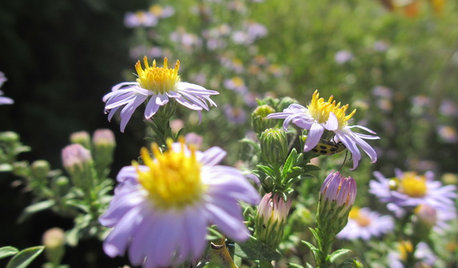
NATIVE PLANTSPlant These Fall-Flowering Natives in Early Summer for Pollinator Love
These 3 groups of plants will support masses of beneficial insects come autumn
Full Story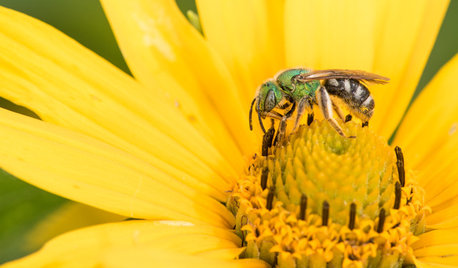
GARDENING GUIDESGreat Design Plant: Heliopsis Helianthoides, a Pollinator Favorite
Plant smooth oxeye in eastern U.S. gardens for its bright, sunny flowers and upright form
Full Story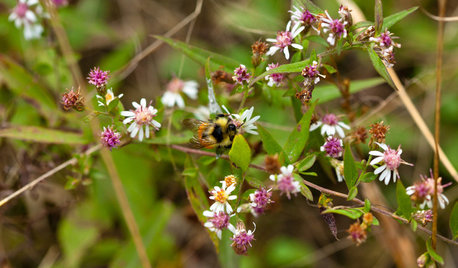
FLOWERS AND PLANTSCalico Aster Is a Shade-Loving Pollinator Nirvana
Plant Symphyotrichum lateriflorum, an eastern U.S. native, in summer for fall blooms that scores of wildlife species will love
Full Story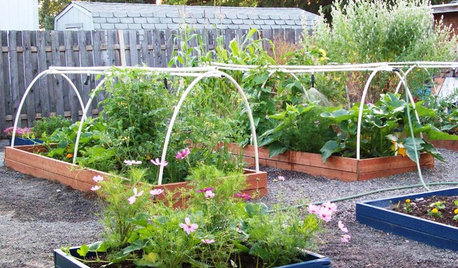
BENEFICIAL INSECTSAttract Pollinators for a Productive Edible Garden
You can lure bees, butterflies and birds into your yard with the right flowers and nesting spots
Full Story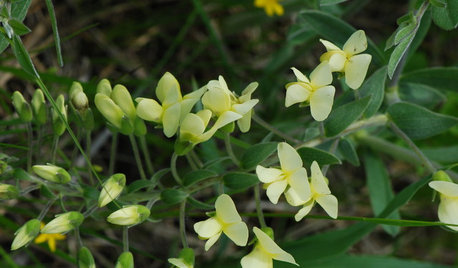
FLOWERS AND PLANTSPlant Baptisia Bracteata for Blooms Pollinators Will Love
Longbract wild indigo is great in dry soil, and its spring flowers attract butterflies and bumblebees
Full Story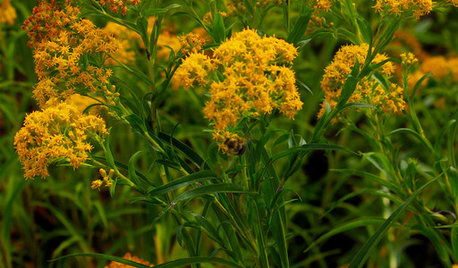
FLOWERS AND PLANTSThis Sunny Yellow Flower Helps Fall Pollinators and Landscapes
Oligoneuron riddellii’s distinct grass-like leaves and bright flowers jazz up the garden in the upper Midwest and Central Plains
Full Story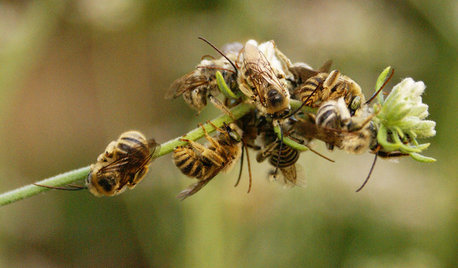
GARDENING GUIDESGreat Design Plant: California Buckwheat Pleases Pollinators
Beneficial insects go wild for this drought-tolerant plant’s summer flowers, while seed heads feed critters foraging in the cold
Full Story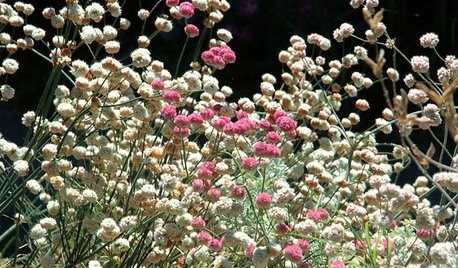
GARDENING GUIDESGreat Design Plant: Eriogonum Nudum, a Summer Oasis for Pollinators
Naked buckwheat is a bee and butterfly magnet with an easy nature, a tough constitution and profuse pom-pom flowers in summer
Full Story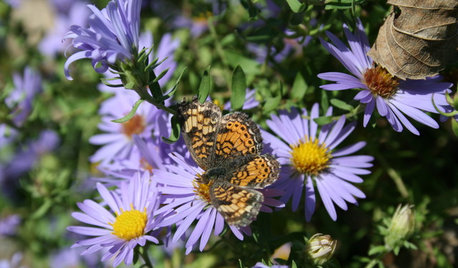
GARDENING GUIDESGreat Design Plant: Smooth Aster, the Wonder Pollinator
An insect nirvana with lovely near-blue petals, this low-maintenance aster strives to please
Full Story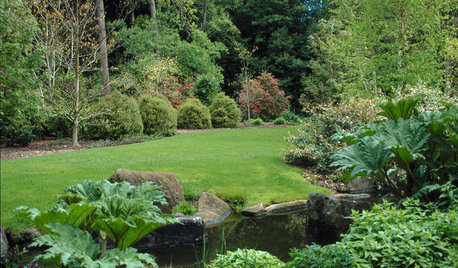
GARDENING GUIDESYou Don't Need Prairie to Help Pollinators
Woodlands, marshes, deserts — pollinators are everywhere
Full StorySponsored
Columbus Area's Luxury Design Build Firm | 17x Best of Houzz Winner!



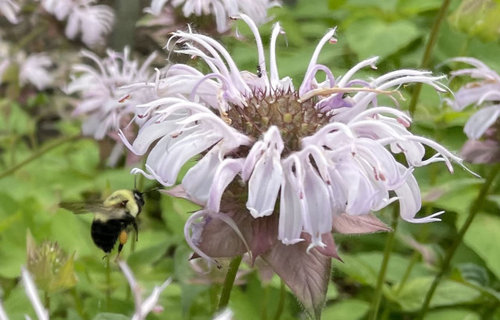

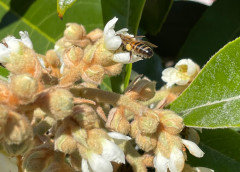
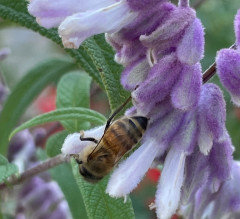
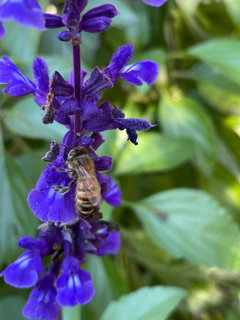
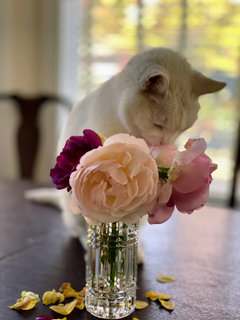




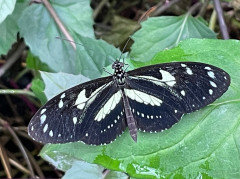

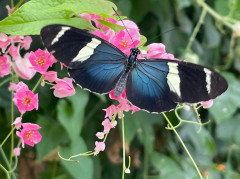



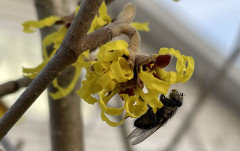


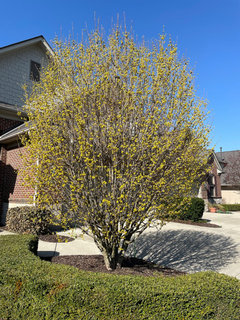

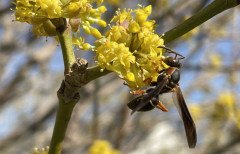
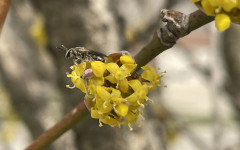
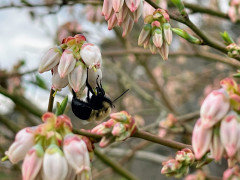
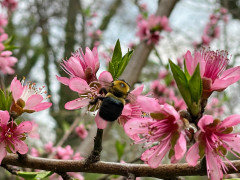
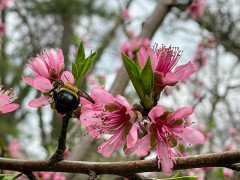
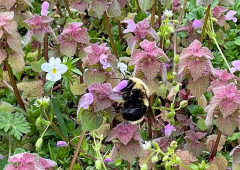
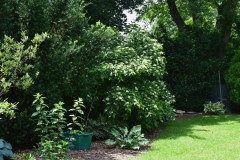
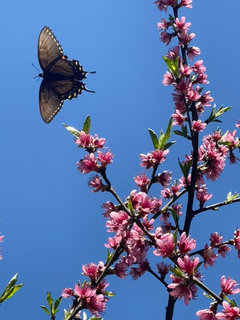
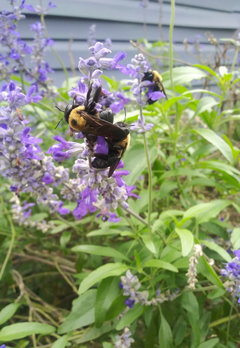


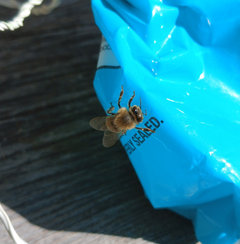
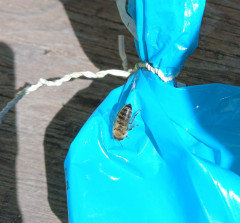

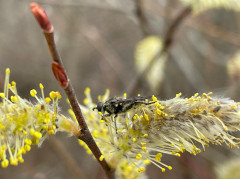

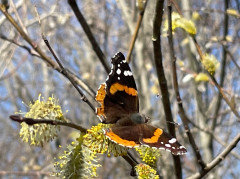

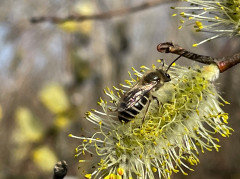



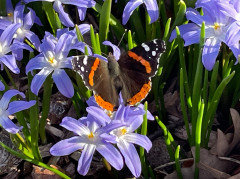
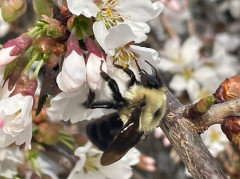

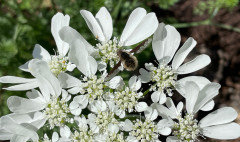
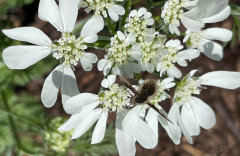
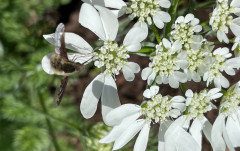
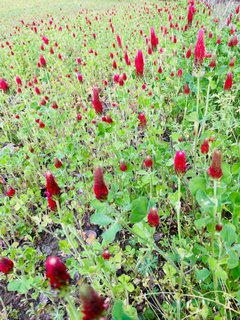
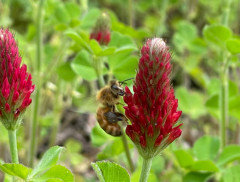
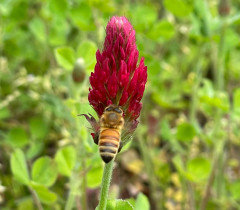
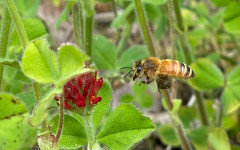

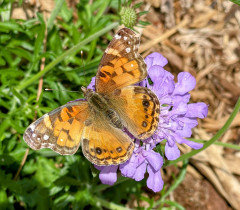

indianagardengirl